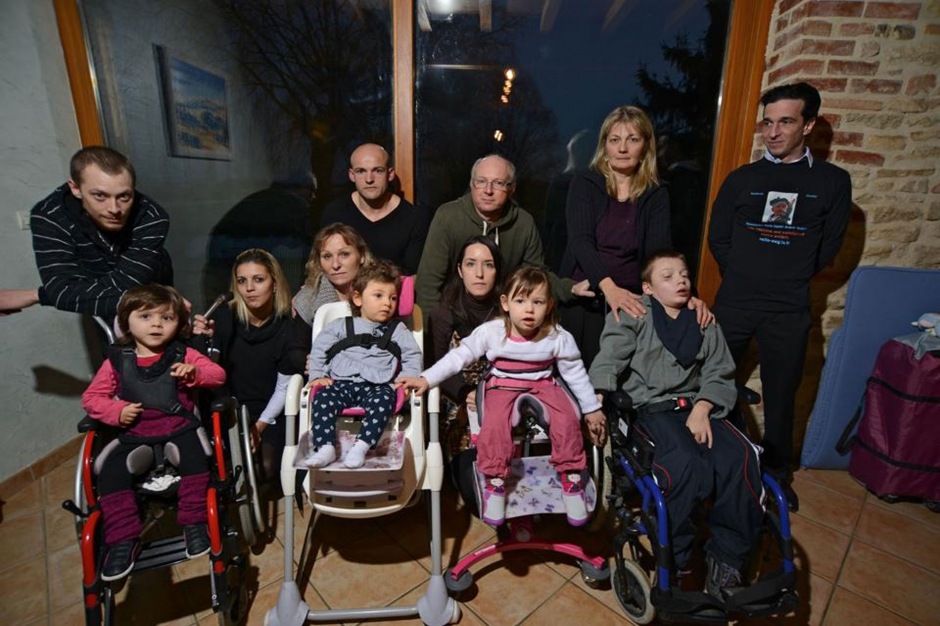On March 29, 2009, Robert Stewart, 45, stormed into the Pinelake Health and Rehab nursing home in Carthage, North Carolina and opened fire, killing eight people and wounding two. Stewart’s apparent target was his estranged wife, who worked as a nurse in the home. She hid in a bathroom and was unharmed. Stewart was charged with eight counts of first-degree murder; if convicted, he could face the death penalty. Even though there was evidence that Stewart’s actions were premeditated (he allegedly had a target), Stewart’s defense team successfully argued that since he was under the influence of Ambien, a sleep aid, at the time of the shooting, he was not in control of his actions. Instead of the charges sought by the prosecutors, Stewart was convicted on eight counts of second-degree murder.
The Ambien defense was also used in the case of Julie Ann Bronson, a 45-year-old flight attendant from Texas. In April of 2009, Bronson took a couple of Ambien to help her sleep. She had been drinking wine earlier in the day, and went to bed early. She awoke the following morning in jail, still in her pajamas, barefoot and terrified. When she was told that she had run over three people, including an 18-month-old girl who suffered severe brain damage as a result of the wreck, she was horrified. “It was surreal. It was like a bad dream.” In May of 2012, Bronson pleaded guilty to the felonies of intoxication assault and failure to stop and render aid. “I did the crime but I never intended to do it,” she testified. “I wouldn’t hurt a flea. And if I would have hit somebody, I would have stopped and helped. We’re trained in CPR.” Bronson faced ten years, but because of the Ambien defense, she will serve six months in prison and have ten years of probation
Ironically, you are more likely to be successful using the Ambien defense if you injure or kill someone than if you just crash into a parked car or a tree.






















